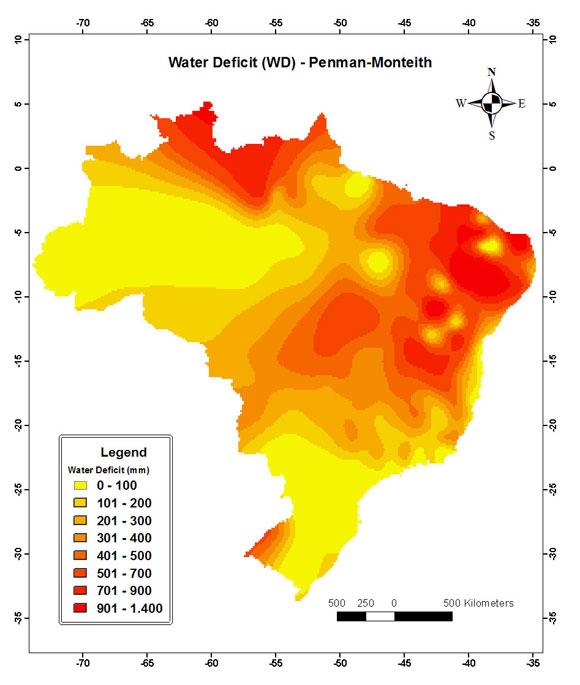Determination of important pipes segments in water distribution systems using the hydraulic vulnerability
Keywords:
reliability, emergency, water supply system, vulnerability
Abstract
Water supply systems, due to their configuration, tend to be vulnerable to internal and external threats, which can potentially cause instability in water distribution. The vulnerability assessment is a tool that has been used to ensure the water supply in different failure scenarios, and can assist in seeking alternatives for supplying water in emergency situations. This work aimed mainly at determining the most important or critical segments for an adequate performance of the water supply system when there are emergency conditions such as the ones caused by natural disasters. The system’s hydraulic performance was evaluated based on simulations using EPANET 2.0. The vulnerability was determined by using an application written in Visual Basic 6.0 to customize EPANET using its Programmer's Toolkit. The system vulnerability was determined with the interruption of one segment at a time to calculate, in a dynamic way, the importance of each segment to the system, and by comparison of these results to the index of relative importance by flow rate. The results showed that using the indices Vulnerability-System and Vulnerability-Node was adequate to establish the importance of a critical segment in the performance of a network.
Published
22/12/2008
Issue
Section
Papers
Authors maintain the copyrights for their work. However, they grant rights of first publication to Ambiente e Agua - An Interdisciplinary Journal of Applied Science. In compensation, the journal can transfer the copyrights, allowing non-commercial use of the article including the right of sending the article to other data bases or publication media. The journal uses the CC BY 4.0 license"






